Applications for Ohio Farm Bureau Health Plans now available
Members have three ways to apply: contacting a certified agent, calling 833-468-4280 or visiting ohiofarmbureauhealthplans.org.
Read MoreScattered throughout Ohio is an environmental health hazard that at times is hiding in plain sight. Sometimes the only sign of an abandoned oil or gas well is a pipe breaking the surface of the ground or a rotten egg smell.
Dating back to the mid-1800s, oil and gas exploration has resulted in the drilling of more than 270,000 wells in Ohio. Many were plugged with gravel, old drill bits, logs and even cannonballs before the state established natural gas and oil regulations in the 1960s. As use of the land has shifted, so has the location of these orphan wells. They’re now found in rural, suburban and urban neighborhoods with some still leaking natural gas, brine and oil.
Nowhere was the problem more obvious than in Lorain County when an elementary school had to be closed for about five weeks in 2014 while officials looked for the source of a gas leak. It was eventually traced to an orphan well found underneath the gymnasium floor. Not only did the problem disrupt classes for Admiral King Elementary School, but it cost the district more than $1 million for removal and consequent reconstruction of a gymnasium so the well could be properly removed and the building put back into service. The cost of removing the well itself was about $100,000, paid through the Ohio Department of Natural Resources’ Orphan Well Program.
“(ODNR) doesn’t know how many orphan wells are in the state, but has identified 910 so far that should be plugged. There could be thousands out there that no one is aware of,” said Adam Schroeder, spokesman for ODNR’s Orphan Well Program, established in 1977 to properly plug abandoned natural gas and oil wells whose owners can’t be identified or are bankrupt.
The Orphan Well Program is funded by a percentage of the state’s severance tax on oil and natural gas production. It got a major financial boost last summer when a new law went into effect, increasing its share of the fund from 14 percent to 30 percent. Last year ODNR spent $6 million on 83 wells and has already committed $10 million this year for plugging more than 150 wells. In comparison, ODNR spent just over $1 million from 2013-2017, plugging a handful of wells each year mainly on an emergency basis, according to Schroeder.
The new law created a process that prioritizes well removals (high, medium and low) and eliminated a tax liability for landowners who hire contractors to plug orphan wells and then are reimbursed by ODNR.
“Ohio Farm Bureau was a proponent of House Bill 282 because many of our members are landowners and have orphan wells on their property,” said Jenna Beadle, Ohio Farm Bureau’s director of state policy. “These abandoned wells pose a serious hazard to Ohioans. Having this increased funding will help ramp up the removal of orphan wells and improve the state’s water and soil quality, which is a priority for our members.”
Natural gas and oil wells have been found under buildings, houses and streets, as well as in lawns and recreation areas. Some of the signs you may notice:
Source: ODNR
If you suspect you have an orphan well (an abandoned well with no known owner), visit ODNR’s Division of Oil & Gas Resources Management website for information about how to request an inspection of the site. If ODNR’s research doesn’t identify an owner, the well is referred to the Orphan Well Program with removal prioritized by severity of condition and threat to the environment and public health. A state approved contractor is required to plug the well within six months of when the well site is prioritized and the work permit is issued.
A map showing oil and gas well locations in Ohio is available.
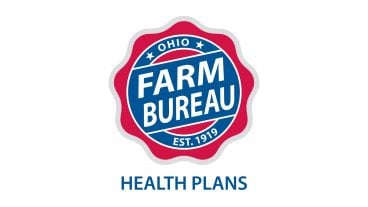
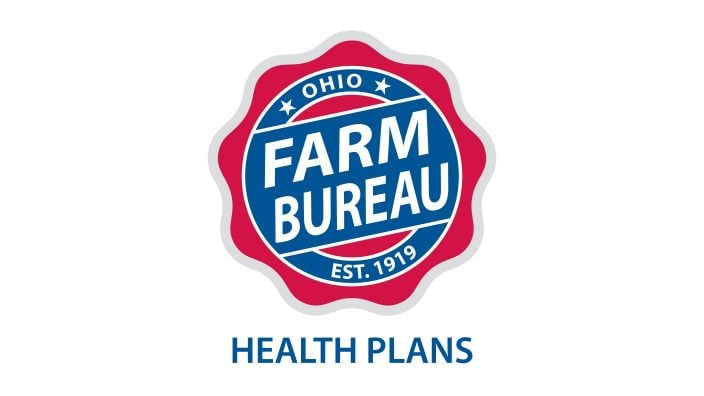
Members have three ways to apply: contacting a certified agent, calling 833-468-4280 or visiting ohiofarmbureauhealthplans.org.
Read More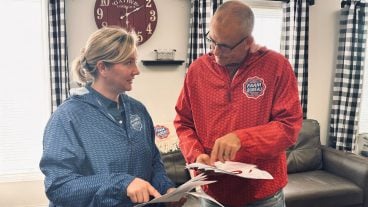
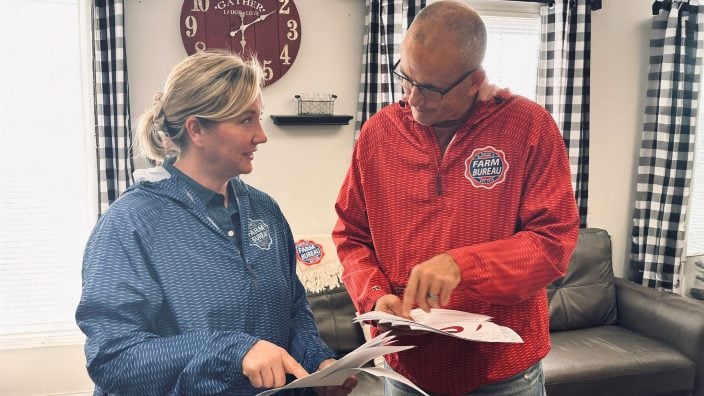
One of the best decisions Shannon and Heather Utter made a few years ago was looking into a Farm Bureau member benefit that has ended up saving them thousands of dollars on their energy bills.
Read More

Ryan Hiser has experienced first-hand the importance of having the opportunity to vote on issues that will affect his family operation and other farmers.
Read More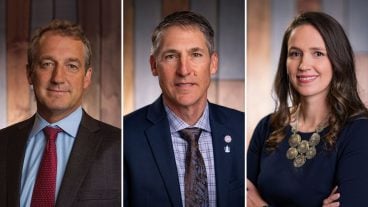
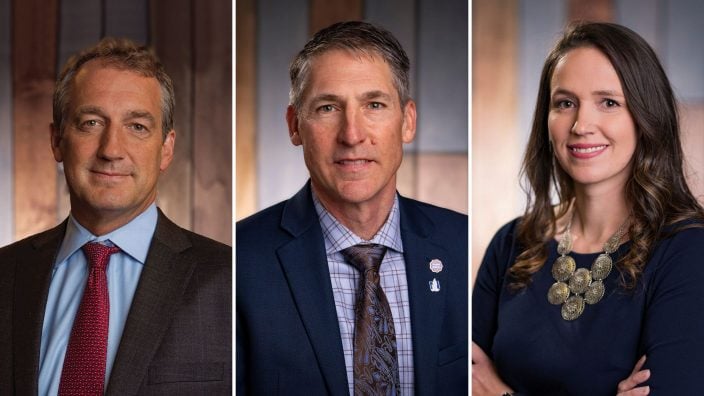
Bill Patterson, Cy Prettyman and Adele Flynn will continue to serve as officers for Ohio Farm Bureau Federation.
Read More

Delegates discussed many topics impacting agriculture including farmland preservation, local foods, and succession planning.
Read More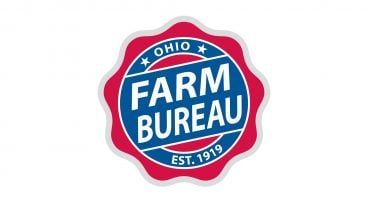
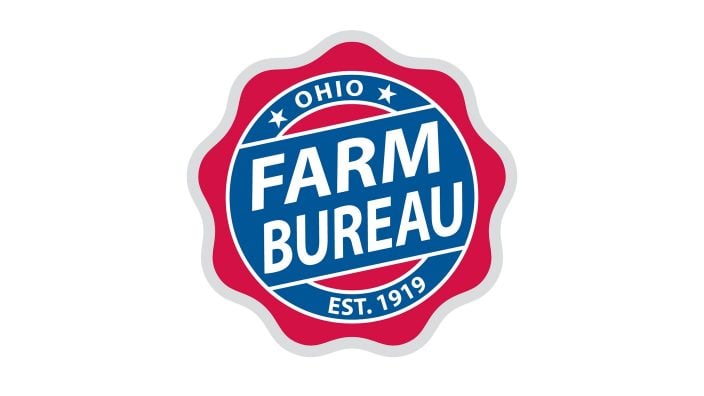
Twenty-six farmers govern the state’s largest farm and food organization.
Read More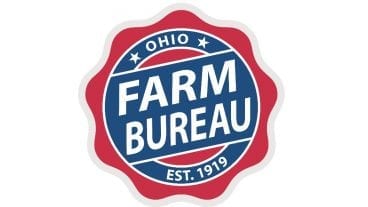

The 2025 recipients are Fred Cooke (posthumous) of Richland County, Marvin Dietsch of Williams County, Steven Knollman of Hamilton County and Michele Miller (posthumous) of Ottawa County.
Read More
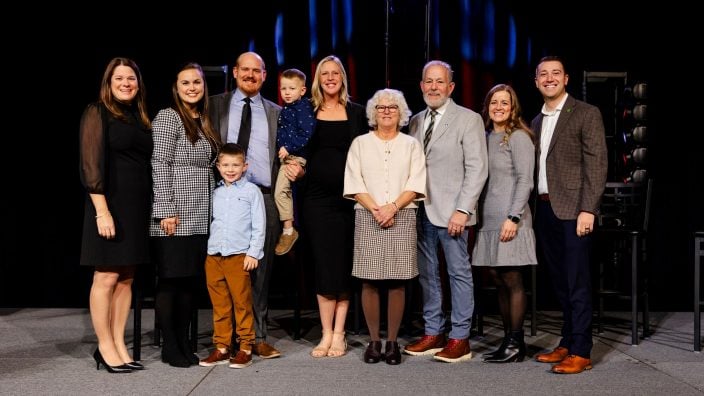
Nathan and Jill Parriman grow seasonal crops, including Christmas trees, pumpkins and cut flowers, providing U-cut experiences that invite customers to engage directly with agriculture.
Read More
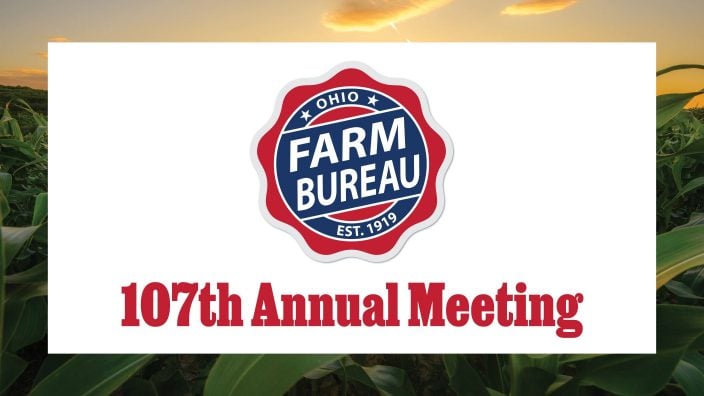
The 2025 Distinguished Service Award recipients are Craig Adams, Mike Townsley, and Kellogg Farms, Kurt Farms and Stateler Family Farms.
Read More

Ohio Farm Bureau Treasurer Adele Flynn participated in the meeting, representing Ohio farmers.
Read More